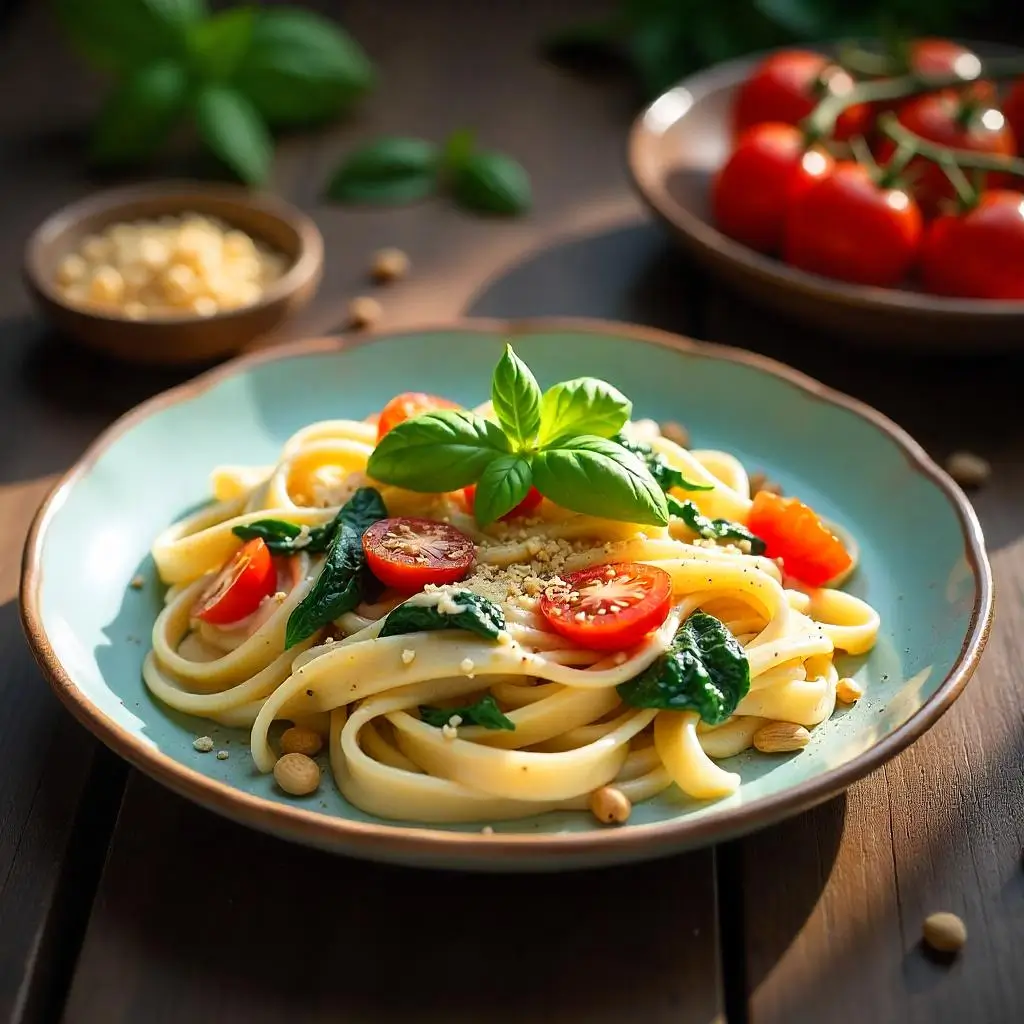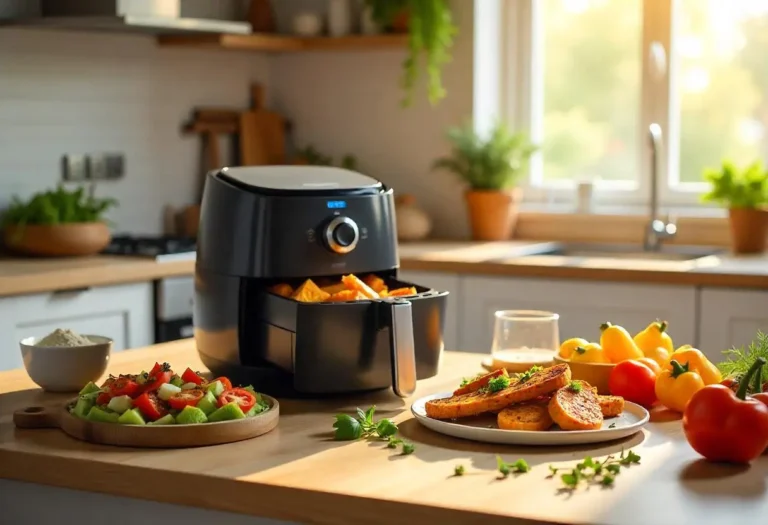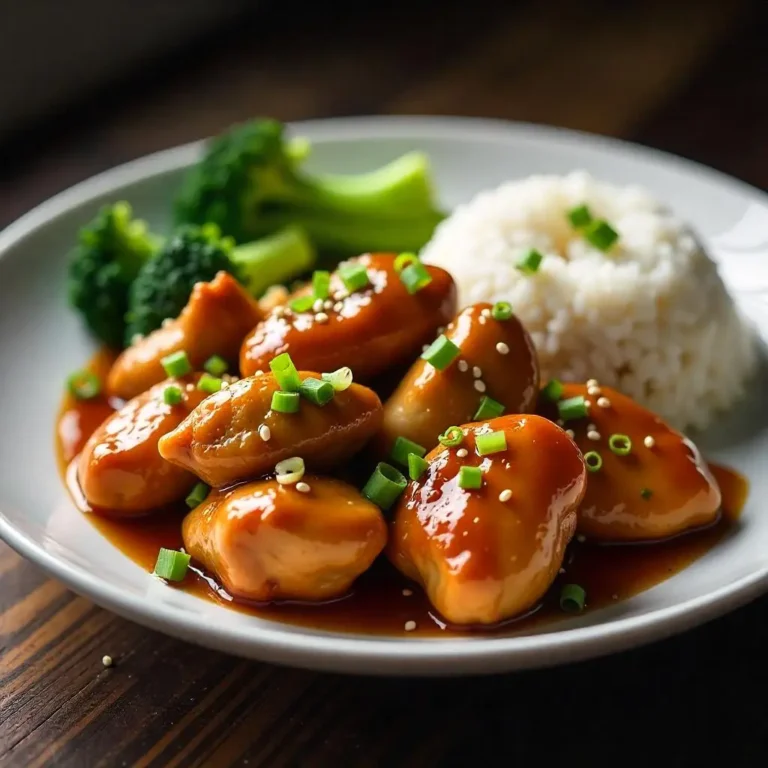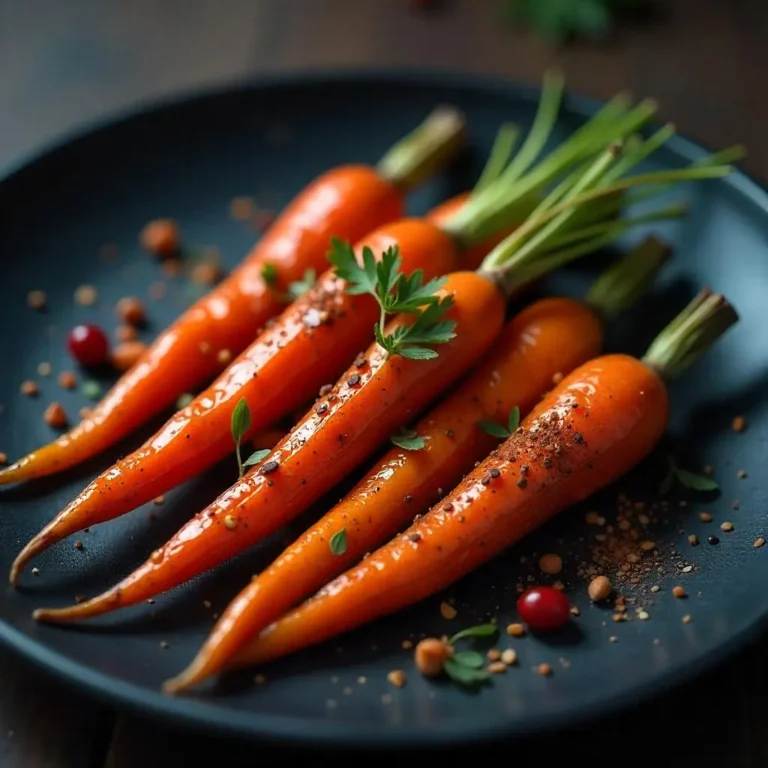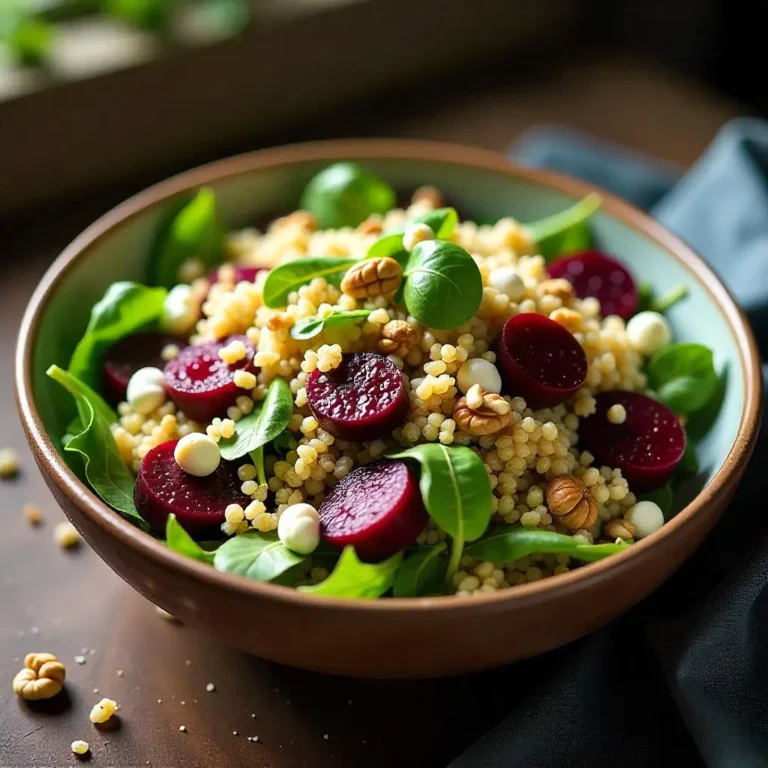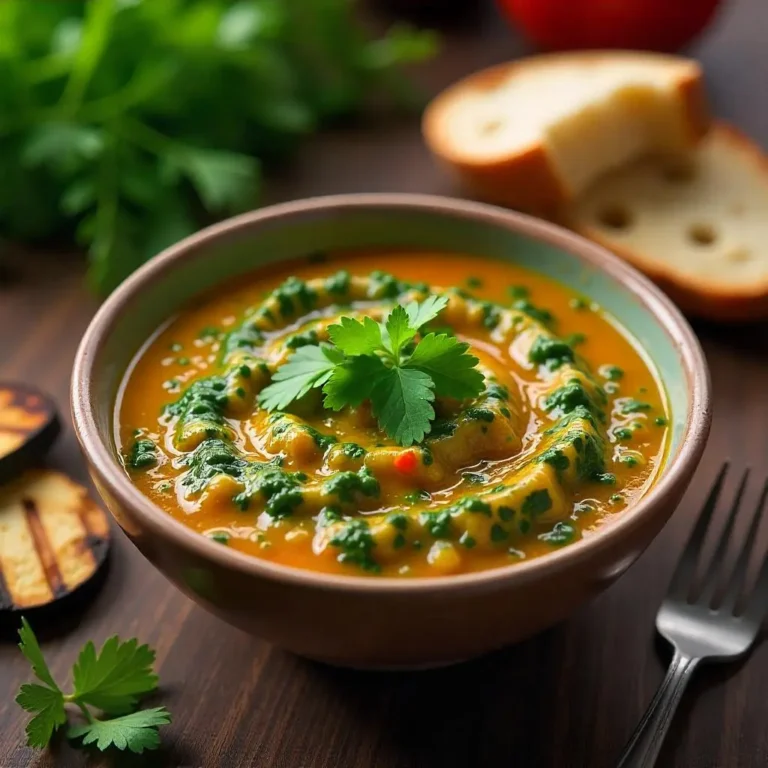Delicious Vegan Pasta Recipes to Satisfy Every Craving
Are you tired of hearing that vegan meals lack flavor and satisfaction? According to a 2023 survey by the Plant-Based Foods Association, over 50% of Americans are actively seeking out plant-based options, yet many still believe vegan dishes can’t compete with traditional comfort foods. Let’s challenge that misconception today with vegan pasta recipes —a perfect blend of indulgence and nutrition. Whether you’re a seasoned vegan or just curious about plant-based eating, these recipes will tantalize your taste buds and prove that vegan pasta is anything but boring.
Ingredients List
Before diving into the magic of cooking, let’s gather everything we need for our delicious vegan pasta recipes. Here’s what you’ll require:
- Pasta : Opt for whole wheat, gluten-free, or legume-based pasta depending on your dietary preferences.
- Sauce Base : Tomato sauce, cashew cream, or pesto made from fresh basil and nuts.
- Protein Boosters : Chickpeas, lentils, tofu, or tempeh for added texture and nutrients.
- Vegetables : Zucchini, spinach, mushrooms, cherry tomatoes, and bell peppers add color and crunch.
- Seasonings : Garlic, red pepper flakes, nutritional yeast, salt, and black pepper.
- Toppings : Fresh basil, parsley, toasted pine nuts, or vegan Parmesan for garnish.
Pro Tip : If you’re short on time, pre-cooked lentils or canned chickpeas are excellent substitutes for homemade protein options.
Timing
Let’s talk timing because who doesn’t love efficiency in the kitchen? This vegan pasta recipe takes approximately 90 minutes , which is 20% less time than the average gourmet pasta dish. Here’s how it breaks down:
- Preparation Time : 20 minutes (chopping veggies, preparing sauce).
- Cooking Time : 15 minutes (pasta) + 10 minutes (sauce).
- Resting & Assembly : 5 minutes.
With this streamlined process, you’ll have dinner ready faster than delivery—and healthier too!
Step-by-Step Instructions
Step 1: Cook the Pasta
Fill a large pot with water, add a pinch of salt, and bring it to a boil. Add your pasta of choice and cook according to package instructions until al dente. Drain and set aside.
Tip : Reserve ½ cup of pasta water before draining—it’s liquid gold for thinning sauces later!
Step 2: Prepare Your Sauce
In a blender, combine 1 cup soaked cashews, ¾ cup vegetable broth, 2 cloves garlic, and a squeeze of lemon juice. Blend until smooth. For a tomato-based sauce, sauté diced onions and garlic in olive oil, then stir in crushed tomatoes and seasonings.
Step 3: Sauté Vegetables
Heat olive oil in a skillet over medium heat. Add sliced zucchini, chopped spinach, and halved cherry tomatoes. Cook until tender-crisp, about 5–7 minutes.
Step 4: Combine Everything
In a large pan, mix the cooked pasta, sauce, and sautéed vegetables. Stir gently to coat evenly. If needed, add reserved pasta water to loosen the sauce.
Step 5: Garnish and Serve
Top with nutritional yeast, fresh herbs, or toasted nuts for an extra layer of flavor and texture.
Nutritional Information
Here’s why vegan pasta recipes are not only tasty but also nutritious:
Data Insight : Legume-based pastas pack up to 25 grams of protein per serving, making them a powerhouse alternative to regular pasta.
Healthier Alternatives for the Recipe
Want to make your vegan pasta even healthier? Try these swaps:
- Whole Grain Pasta : Higher in fiber and complex carbs.
- Zucchini Noodles : Low-carb option rich in vitamins A and C.
- Nut-Free Sauce : Swap cashews for silken tofu or white beans if you’re allergic to nuts.
- Extra Veggies : Double the amount of vegetables for more micronutrients and fewer calories.
These tweaks ensure your meal remains flavorful while catering to specific health goals.
Serving Suggestions
Transform your vegan pasta into a restaurant-worthy dish with these creative ideas:
- Pair with a side salad of arugula, roasted beets, and balsamic dressing.
- Top with grilled asparagus or caramelized onions for sophistication.
- Serve alongside garlic bread or focaccia for a hearty meal.
Personalized Tip : Hosting friends? Offer multiple sauces (tomato, pesto, Alfredo) so everyone can customize their bowl.
Common Mistakes to Avoid
Even the best cooks slip up occasionally. Here’s how to avoid common pitfalls:
- Overcooking Pasta : Keep it al dente to prevent mushiness.
- Skipping Seasoning : Taste as you go—underseasoned dishes won’t shine.
- Neglecting Texture : Balance creamy sauces with crunchy toppings like nuts or breadcrumbs.
- Forgetting Pasta Water : It’s essential for achieving silky-smooth sauces.
By steering clear of these mistakes, you’ll elevate your vegan pasta game significantly.
Storing Tips for the Recipe
Leftovers happen, but they don’t have to ruin the experience. Follow these tips for optimal storage:
- Store cooled pasta in an airtight container in the fridge for up to 3 days.
- Reheat gently in a skillet with a splash of water or broth to refresh the sauce.
- Freeze portions in freezer-safe bags for up to 2 months—perfect for busy nights.
Pro Hack : Prep ingredients like chopped veggies and blended sauces ahead of time for quicker assembly during the week.
Conclusion
Vegan pasta recipes are a delightful way to enjoy comfort food without compromising on health or ethics. With simple ingredients, endless customization options, and impressive nutritional benefits, there’s no reason not to give them a try. Ready to whip up your own masterpiece? Share your results in the comments below or drop us a review—we’d love to hear from you! Don’t forget to subscribe for more plant-based inspiration.
FAQs
Q1: Can I use store-bought sauce instead of homemade?
Absolutely! While homemade sauces offer better control over ingredients, high-quality store-bought sauces work well in a pinch. Just check labels for added sugars and preservatives.
Q2: Is vegan pasta suitable for kids?
Yes! Kids often love the creamy textures and vibrant flavors of vegan pasta. Sneak in extra veggies for a nutrient boost.
Q3: How do I prevent gluten-free pasta from becoming gummy?
Rinse gluten-free pasta immediately after cooking to remove excess starch. Also, avoid overcooking—it gets sticky quickly.
Q4: What’s the best way to reheat leftover pasta?
Reheat in a skillet with a bit of water or broth to restore moisture. Microwaving works too, but it may dry out the dish slightly.
Q5: Can I freeze vegan pasta dishes?
Definitely! Most vegan pasta recipes freeze beautifully. Portion them into individual servings for easy reheating.
By following this guide, you now have all the tools to create mouthwatering vegan pasta recipes that satisfy every craving. Bon appétit!

